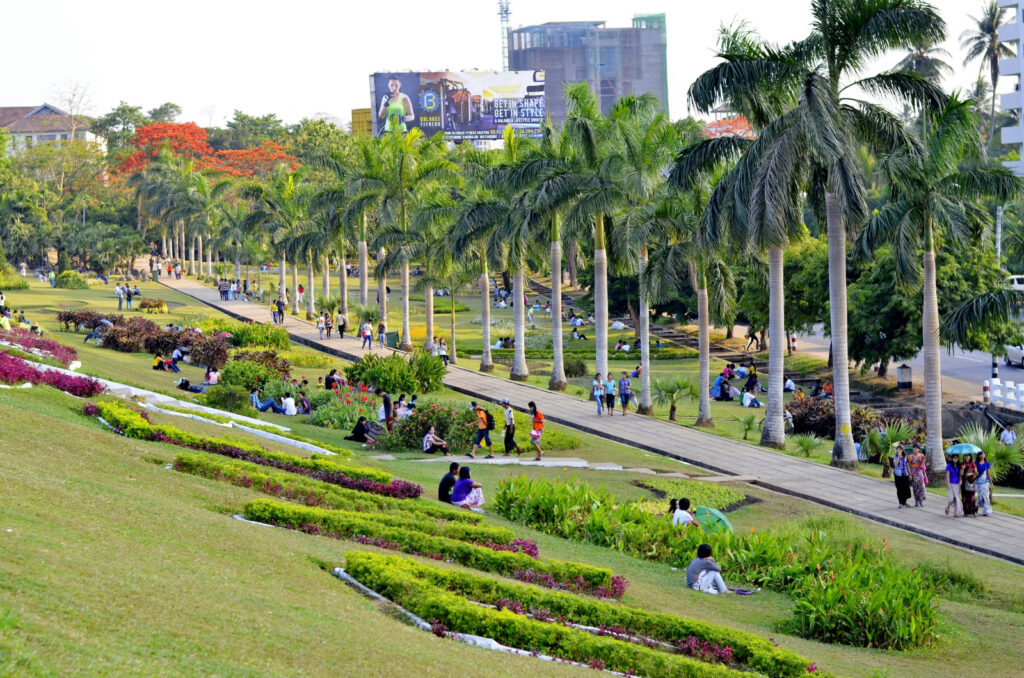
In today’s fast-paced world, stress has become almost universal. A recent global survey by the Worldwide Independent Network (WIN) found that 79% of people experience stress to varying degrees. That pressure is often intensified in cities, where crowded spaces, traffic, and constant noise compound the daily demands of modern life.
According to the United Nations, 55% of people now live in cities. This figure is expected to rise to 68% by 2050, with the most rapid growth occurring in Asia and Africa. As our cities expand and densify, understanding how urban environments affect mental health has never been more critical. For World Mental Health Day, we explore the topic.
Contributors of stress in city life
Urban living brings opportunities for work, education, and connection. But it creates unique stressors like loneliness, air pollution, noise, and long commutes. All of which play a role in diminishing mental wellbeing.
Despite being surrounded by millions, city inhabitants often report high levels of loneliness. For example, a study found that being in overcrowded environments increased loneliness by 38%, showing that density doesn’t guarantee social connection.
Air quality in cities is another concern. While the physical health risks of pollution are well known, its impact on mental health is gaining attention. The European Health Interview Survey found that one in six people in the EU experience mental health issues, with 7.2% suffering from chronic depression. Research increasingly connects exposure to air pollutants, particularly fine particulate matter and nitrogen dioxide, with higher risks of depression, anxiety, and cognitive decline.
Noise pollution is also a pervasive source of stress. Across the European Union, an estimated 100 million people, which is roughly one in five people, are exposed to harmful levels of environmental noise pollution. Chronic exposure disrupts sleep and raises stress hormone levels, contributing to poorer mental wellbeing over time. The European Environment Agency Long-term exposure to environmental noise contributes to 48,000 new cases of heart disease and 12,000 premature deaths every year in Europe.
Another cause of stress is how people move around in cities. Long commutes and traffic congestion have measurable links to stress and depressive symptoms. A study conducted across 11 Latin American cities found that every additional 10 minutes of commuting time is associated with a 0.5% higher probability of screening positively for depression.
Designing for wellbeing
Cities undoubtedly create stressful living environments for some. But there are simple measures to address these problems. Urban design can prioritise wellbeing so that city environments are calmer, healthier, and more liveable.
Loneliness can be addressed by considering social connection. Public plazas, local markets, community gardens can focus on community, encourage interaction and help people feel a sense of belonging. These spaces provide buffers against isolation and help people build the relationships that support mental resilience.

Walkable, pedestrian-friendly cities reduce reliance on cars, cutting both air and noise pollution. They have been shown to boost physical activity and enable spontaneous social encounters. Data from Australia shows that having walkable cities boosts trade by 40% and reduces the risk of type-2 diabetes – helping to take pressure off healthcare services.
Green space consistently shows benefits for both physical and mental health. Parks, street trees, vertical greenery and green corridors filter pollution, reduce urban heat, and offer restorative places of calm. Our article on urban nature as a foundation for human wellbeing explores this in much more depth.
An often overlooked factor is access to natural light. Spending too much time indoors or in poorly lit environments can disrupt circadian rhythms and exacerbate mental health problems. But urban design that maximises daylight in homes, workplaces and public areas supports healthier, more balanced lives.
When considered together, these features deliver not just social and environmental gains but also economic ones. Healthier, happier citizens reduce pressure on public health systems and increase productivity, creating long-term value for cities.
Cities getting it right
No city has perfected the formula for wellbeing, but initiates across the world have demonstrated meaningful progress.
In Barcelona, the Superblock programme is a new way of organising the city. It restricts traffic within clusters of streets, freeing up space for pedestrians, cyclists, and community use. A study by BMC Public Health into the results of the Superblocks found that “Overall, the qualitative survey identified benefits in emotional health, better rest, less noise and air pollution, and increased social engagement. The superblock created a more relaxed and less stressful environment, which encouraged walking, increased the feeling of tranquillity, and improved mental health.”
Vancouver has an ambitious goal of ensuring every residence in the city will be within a 25 minute walk or a 10 minute bike ride of a greenway – safe, car-free routes for walking and cycling that link parks and neighbourhoods across the city. The Vancouver Greenway will eventually stretch to 150 km and will offer more recreational space, create more opportunities to travel by bike or foot, and enhance people’s experience of nature. Not to mention offer polonisers more space. It’s a solution that addresses many of the causes of stress outlined above.
Copenhagen is often ranked among the happiest cities in the world, and one factor in those studies is the presence of a hospitable environment. In the 2025 Happy City Index, Copenhagen scored top overall, doing particularly well in the Environment category, which includes green spaces, sustainability, and waste management. Initiatives such as Superkilen Park help explain why. Opened in 2012, Superkilen transformed a previously divided district in the city into an inclusive public space offering art, sport, nature and objects contributed by local residents. Superkilen now serves as a hub of cultural exchange and social activity, giving residents a sense of shared belonging.
Building cities that care
Designing for mental health is both a social and economic strategy. When streets invite walking, light reaches public spaces, and green systems weave through neighbourhoods, cities become protective environments rather than sources of strain. Evidence shows that investing in such design reduces healthcare costs, raises productivity, and strengthens community resilience.
As stress becomes a defining challenge of urban life, the task ahead is clear: build cities that actively restore the human mind, not just accommodate it.
Designing Cities for Calm in a Stressed World
In an increasingly stressed world, cities can either amplify pressure or offer relief. Thoughtful urban design that includes greenery, walkability, social spaces, and access to light can turn dense environments into places of calm and connection. As urban populations grow, designing for mental wellbeing isn’t a luxury but a necessity for healthier, more liveable cities.